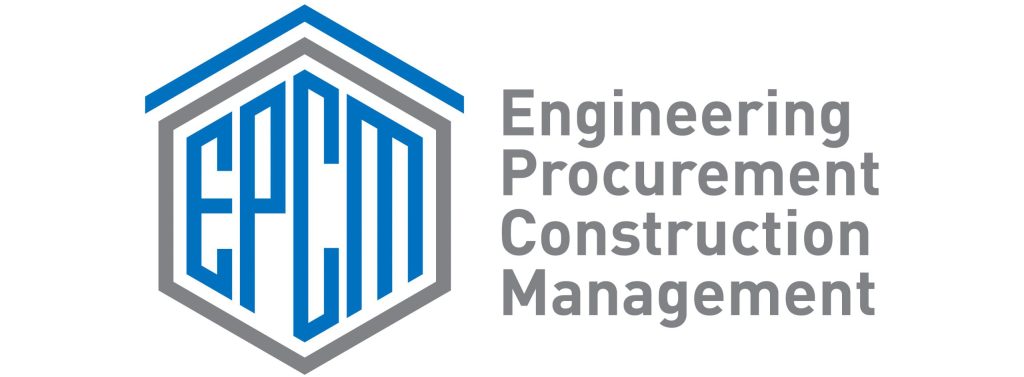The colossal undertakings of the EPC (Engineering, Procurement, and Construction) industry – towering skyscrapers, sprawling industrial facilities, and intricate infrastructure networks – are testaments to human ingenuity and innovation. But behind every marvel of engineering lies an unwavering commitment to safety. EPC project sites are inherently complex environments, and neglecting safety protocols can have devastating consequences. Here, we explore strategies for fostering a strong safety culture and preventing accidents in the EPC industry.
A Constant Vigilance: Common Safety Risks in EPC Projects
The dynamic nature of EPC projects presents a multitude of safety hazards. Here are some of the most common risks encountered:
- Falls from Height: Working at elevated levels is a constant risk factor for EPC workers. Scaffolding collapses, missteps on roofs, and inadequate fall protection equipment can lead to serious injuries or fatalities.
- Electrical Hazards: Exposed wiring, faulty electrical equipment, and improper use of electrical tools pose a significant risk of electrical shock and electrocution.
- Equipment Malfunctions: Heavy machinery breakdowns, tool malfunctions, and unexpected equipment failures can cause severe injuries to workers on site.
- Trench Collapses: Construction activities involving excavation and trench digging pose a risk of cave-ins, which can bury and suffocate workers.
- Confined Spaces: Working in confined spaces with limited air circulation and potential exposure to hazardous materials presents a risk of suffocation and poisoning.
Building a Culture of Safety: Beyond Protocols
While implementing robust safety protocols is essential, a true safety culture goes beyond just the rules. It’s about creating an environment where safety is a core value, prioritized by everyone from leadership to frontline workers. Here’s how EPC companies can cultivate a strong safety culture:
- Ongoing Safety Training: Regular safety training programs that address specific project risks and best practices equip workers with the knowledge and skills to identify and avoid hazards.
- Qualitative Information: A study by the National Institute for Occupational Safety and Health (NIOSH) found that companies with comprehensive safety training programs experience a 60% reduction in workplace injuries.
- Open Communication and Reporting: Fostering an environment where workers feel empowered to report safety concerns without fear of reprisal is crucial. This encourages early identification and mitigation of potential hazards.
- Interview with Michael Thompson, Safety Officer: “Creating a culture of open communication means actively listening to worker concerns and addressing them promptly. It’s about building trust and demonstrating that safety truly comes first.”
- Leadership Commitment: Visible leadership commitment to safety sets the tone for the entire organization. Regular site visits, participation in safety training, and recognition of safe work practices demonstrate the importance of safety from the top down.
- Interview with Sarah Jones, Project Manager: “Our CEO’s frequent safety briefings on-site send a powerful message that everyone, regardless of position, has a role to play in maintaining a safe work environment.”
- Continuous Improvement: A safety culture is never static. Regular safety audits, incident investigations, and ongoing evaluation of safety protocols ensure continuous improvement and adaptation to evolving hazards and technologies.
Safety First: A Shared Responsibility
Building a strong safety culture is a collaborative effort. Here’s how everyone involved in EPC projects can contribute:
- Workers: Actively participate in safety training, follow safety protocols diligently, and report any safety concerns immediately.
- Supervisors: Provide clear safety instructions, enforce safety rules, and lead by example by demonstrating safe work practices.
- Management: Allocate resources for safety training and equipment, promote a culture of open communication, and hold all personnel accountable for safety.
Call to Action
Safety is not a luxury in the EPC industry; it’s a necessity. We encourage readers to share their experiences with safety culture in the EPC industry:
- What are some innovative approaches or best practices you’ve witnessed that contribute to a strong safety culture?
- How can communication and collaboration be further enhanced to ensure worker safety on project sites?
- What role can technology play in improving safety protocols and hazard identification in the EPC industry?
By prioritizing safety, fostering a culture of awareness and responsibility, and embracing continuous improvement, EPC companies can create a future where project success is measured not just by completion deadlines but also by the safety and well-being of their workforce. Let’s work together to ensure that every worker returns home safely at the end of each workday.

